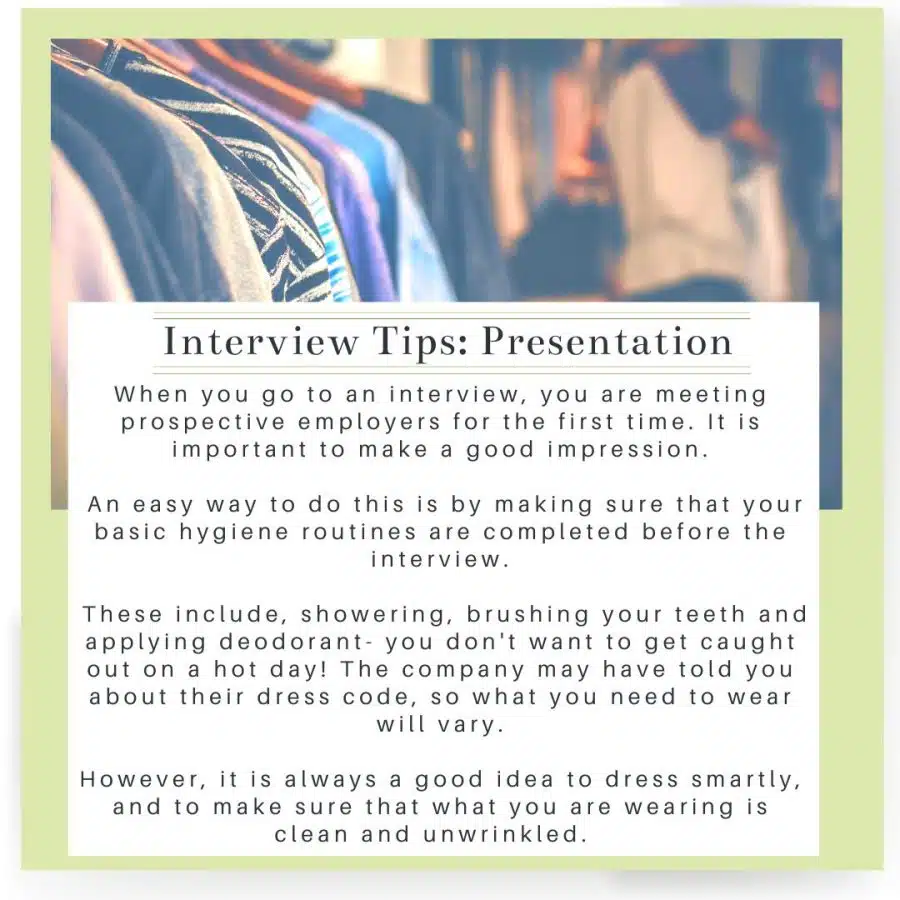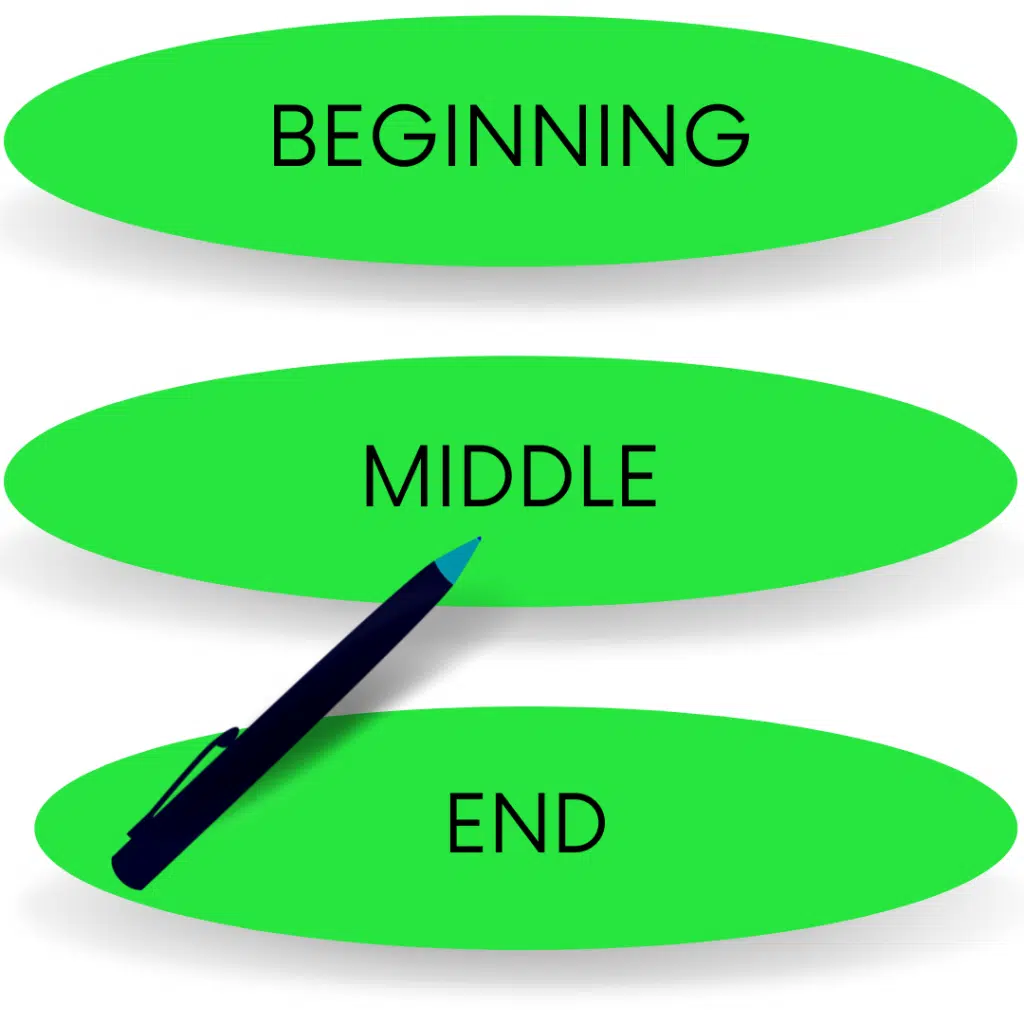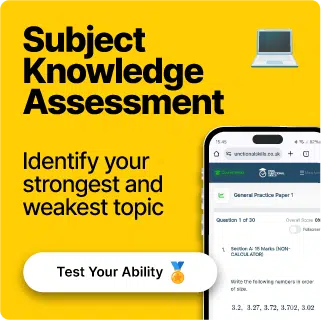Writing: Communicating
Writing: Communicating
In your writing exam, you will be marked not only on what you write, but how you write it!
This is why it is important to learn how to communicate clearly in your answers.
Make sure you’re happy with the following topics before continuing:
Step One:
The first step towards making sure that your communication is clear, is to check that all of your sentences make sense.


A good sentence should make sense by itself, and not be too long.
A useful way to measure if a sentence is too long is to try and read it out loud…
If your sentence is too long, you will be running out of breath by the end.
If you are not, it should be a reasonable length!
Your turn!
Try reading this sentence out loud…
”The last time I saw a client visit the showroom with that kind of attitude was last March during the the mid-afternoon, I was so incredibly surprised and hurt that they thought it was appropriate to speak to a staff member in that manner, management were wonderful at dealing with the issue though, and advised the customer that we would not serve them if they spoke to staff in that way.”


Did you manage it?
If you did then well done, your lungs must be the size of an elephant!
This sentence is far too long, and contains too many sections for the meaning to be clear to the reader.
For the writer to communicate better, they need to split it up into smaller sections.
Let’s break it up!
Let’s have a look at how to do this…
”The last time I saw a client visit the showroom with that kind of attitude was last March during the the mid-afternoon, I was so incredibly surprised and hurt that they thought it was appropriate to speak to a staff member in that manner, management were wonderful at dealing with the issue though, and advised the customer that we would not serve them if they spoke to staff in that way.”
Both of the coloured commas in the original sentence mark the end of a sentence section.
If we were to replace these with full stops (also called ‘periods‘), then the resulting sentences would all make perfect sense.
The writer would then have communicated effectively and clearly.


Now, try reading our new sentences out loud…
”The last time I saw a client visit the showroom with that kind of attitude was last March during the the mid-afternoon. I was so incredibly surprised and hurt that they thought it was appropriate to speak to a staff member in that manner. Management were wonderful at dealing with the issue though, and advised the customer that we would not serve them if they spoke to staff in that way.”
Did you need to take a deep breath at the end?
Probably not.
That is because each of these sentences makes sense on its own, so can be broken up, whilst remaining a reasonable length.
As a result, their meaning is clear to the reader, and all of the information is communicated clearly.
Follow Our Socials
Our Facebook page can put you in touch with other students of your course for revision and community support. Alternatively, you can find us on Instagram or TikTok where we're always sharing revision tips for all our courses.
Step Two:
Step two towards communicating clearly involves zooming out from sentences to paragraphs.


Although, we are looking at paragraphs for almost the same reason.
A large block of text without breaks, even if its sentences are split up, can still confuse readers.
Enter: paragraphs!
Paragraphs group together sentences which make a complete point, or, which together explain a section of the writer’s line of argument.
Think about some things you have read recently: an article, a letter, a report, a text…?
The likelihood is that the writers of all of them used paragraphs.
So
Make sure that you always double check you are using enough paragraphs in your long written answers.
Your turn!
Try reading this text…

Because this text is missing paragraphs, it is difficult to understand and read.
Your eyes, just like you, need breaks during hard work, and paragraph spaces provide these mini-breaks for your eyes!


Let’s take another look at this text…
All of the coloured full stops in the original sentence mark the end of an idea section.
If we were to follow these with paragraph spaces, then the resulting text would make much better sense.
The writer will have communicated effectively and clearly.
Now, try reading our newly separated text again…

Can you see how much clearer this text is to read, and how much easier it is to follow the writer’s ideas?
This is thanks to the writer’s clear communication.
Step Three:


Step three which you need to take to make sure that you are communicating well, is using complex sentences consistently and accurately in your text.
Complex sentences are sentences which combine more than one idea.
Every sentence does not need to be a complex one, but you need to make sure that you include a few in the texts you construct.
Your turn!
Try reading this text…

Can you see how the text contains a variety of sentences?
The author of this text has included some sentences which have multiple ideas and sections.
This adds interest and sophistication to the text, and improves the level of communication.
If the sentences were all extremely short, or all extremely long, the text would not be as interesting or as informative for the reader.
So, the writer has used good communication techniques in this text.
Step Four:
Step four requires you to know not only to use paragraphs, but what order to put them in.
When you are ordering information in your text, think about what what your reader will need to know first.
There should always be three parts to a text, and understanding this will help you to order your paragraphs.


These three sections are…
The beginning
The middle
And the end
The Beginning
Your first paragraphs should explain what the text is about.


So, you will need to introduce your topic in the beginning.
For Example:
´In this blog, I will explain why joining a running group in the middle of winter is always a bad idea.´
This is the beginning of your text, or the ´introduction´!
The Middle
Your next paragraphs should explain further, and provide more specific detail about the text.


So, you will need to expand your topic in the middle.
For Example:
´A running group is a team of people who have decided to embrace the magic of collaborative sport. But, when sport is not something you enjoy, and your trainers let in icy water, that magic begins to feel more like a curse.´
This is the middle of your text, or the ´body ‘of the text!
The End
Your final paragraphs should sum up what the text is about.


So, you will need to finalise your topic at the end.
For Example:
´As a result, it is much smarter to join a running club in warmer weather, so that you don’t get put off!’
This is the end of your text, or the ´conclusion´!
Specification Points Covered
EL3.18 – Communicate information, ideas and opinions clearly and in a logical sequence (e.g. chronologically, by task)
L1. 22 – Communicate information, ideas and opinions clearly, coherently and accurately
L1. 23 – Write text of an appropriate level of detail and of appropriate length (including where this is specified) to meet the needs of purpose and audience







